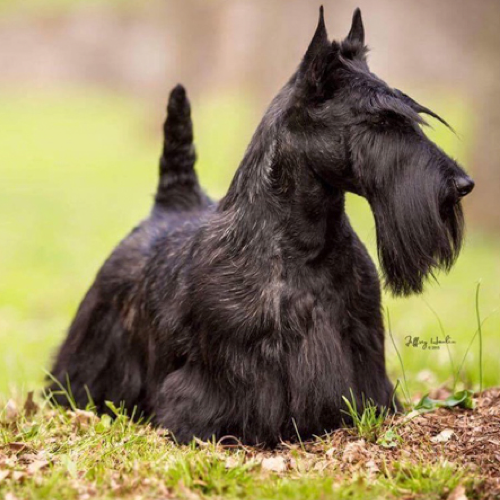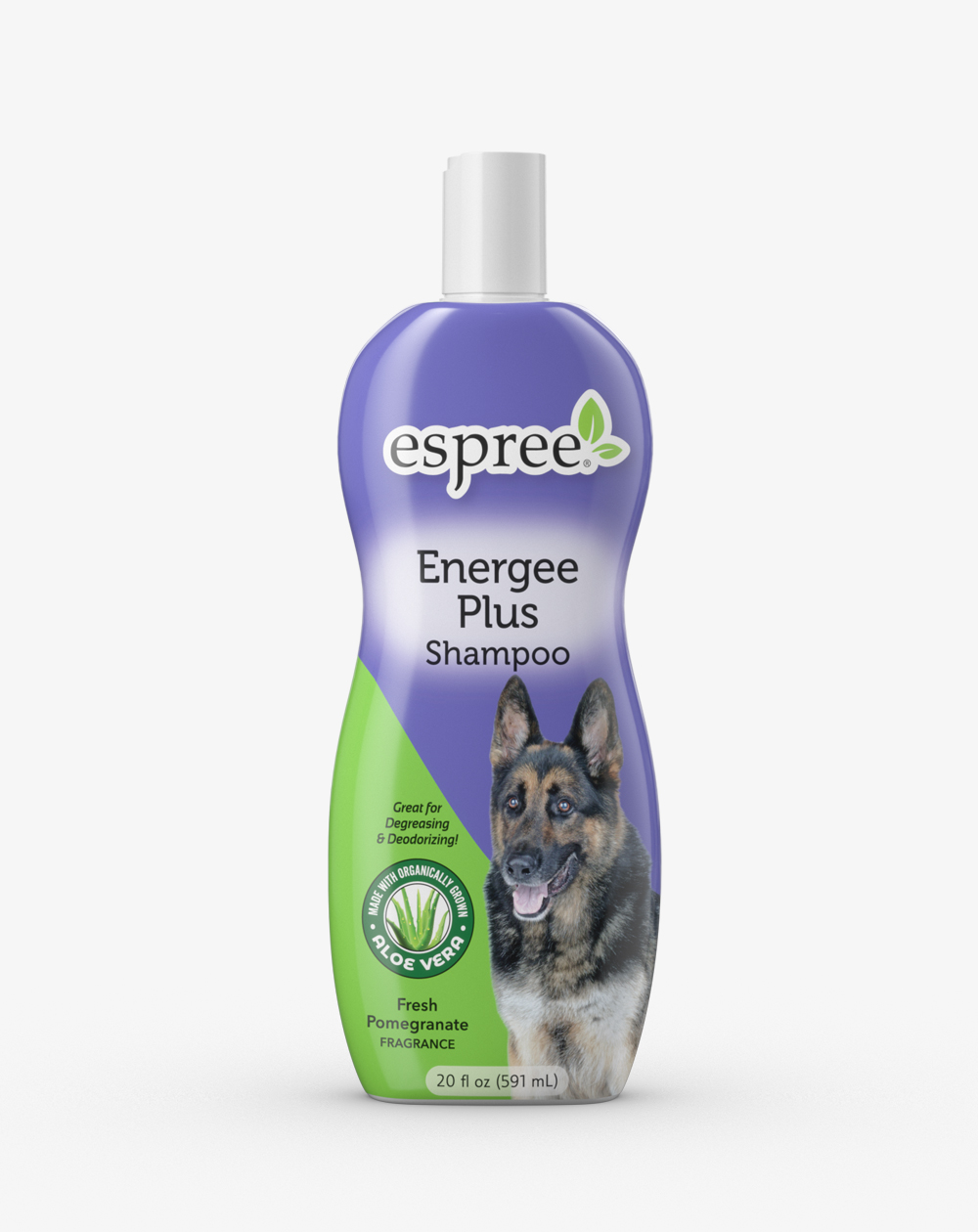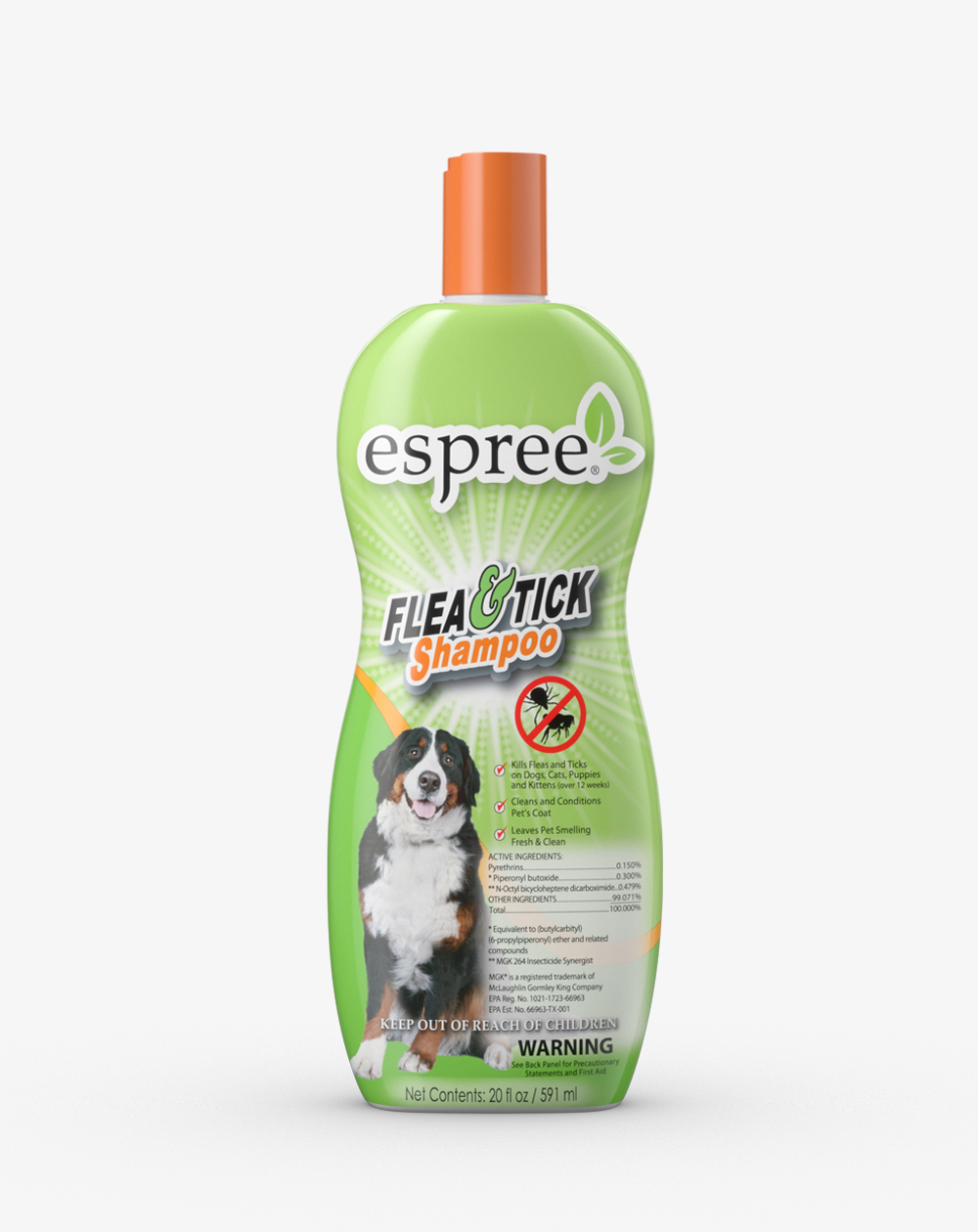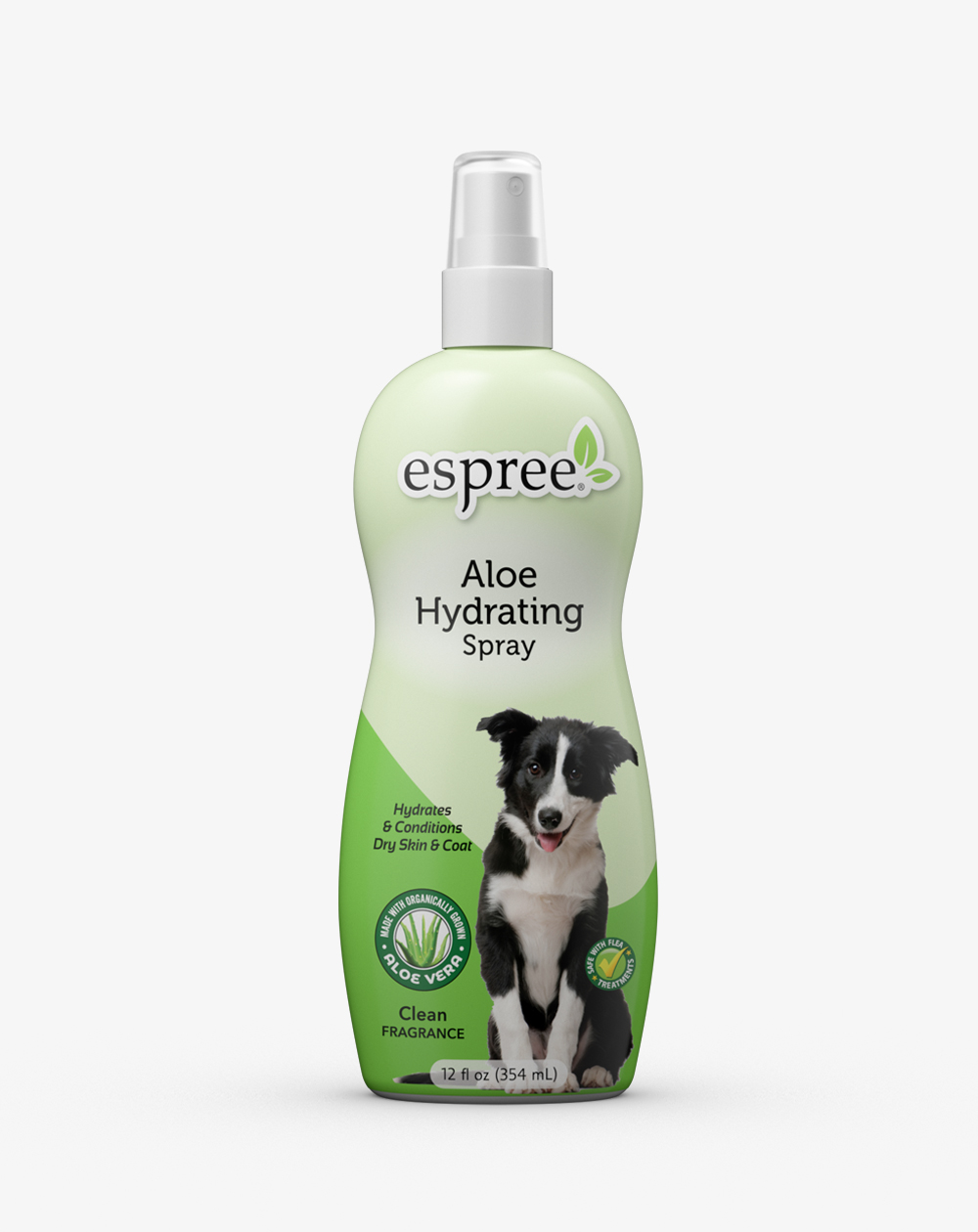
Scottish Terrier
The Scottish Terrier, often called the "Scottie," is best recognized for its distinctive profile and hard, wiry, weather-resistant outer coat in a black, brindle or wheaten color. Its beard, eyebrows, legs and lower body furnishings are traditionally shaggy. Like many breeds in the Terrier Group, Scotties are small yet strong and known as fast, alert and playful dogs. The Scottish Terrier is the only breed of dog that has lived in the White House three times, with Presidents Roosevelt, Eisenhower and George W. Bush.
Breed Profile
Scotties thrive as house pets and are gentle, loving members of their families. Their spirited natures require obedience training, and they need regular exercise (on leash, as the chase instinct is strong). The Scottie coat requires regular brushing and stripping or clipping to maintain the characteristic breed outline.
Grooming
The Scottish Terrier has a hard, wiry coat which serves as a protective barrier to enable the dog to go to ground. Keeping the Scottie on a consistent hand stripping and coat rolling schedule, will allow the quality and texture of the coat to strengthen, which, in turn, further improves the utilitarian purpose of the dog. If the Scottie is hand stripped, it is done before the furnishings are bathed and conditioned then touched up afterward. The outer layer of coat is hand stripped, while the undercoat is systematically carded to reach optimal results. If you are artfully clippering the Scottie, card the coat to remove dead coat and stimulate surface circulation to encourage new, fresh coat growth. Try to avoid bathing the jacket regularly, but the furnishings need to bathed and conditioned frequently. If it is necessary to bathe the jacket, always be gentle with the coat, bathe the dog in the direction the coat grows, and rinse the same way. Always dry the coat in the direction it grows or the direction you are pulling the coat. Make sure to use a soft bristle brush rather than a slicker brush when brushing the jacket. A soft bristle brush will not pull out the undercoat, but only remove the dead coat that needs to come out. It will also help stimulate the healthy production of natural oils on the skin and coat, leaving a natural shine. The beard, eyebrows, and furnishings need to be conditioned on a regular basis to keep them from breaking. The eyebrows, beard, and tail take longer to grow so always baby these areas. Selecting a dryer that blows heat rather than force is best to use on the Scottie. Always remember, if using a heat dryer, the dog must be hand dried for safety purposes.
Finishing the Dog: Tools and Finish Grooming
This enthusiastic earth dog should be groomed on a regular schedule. The Scottie has a broken coat. It is a hard, wiry outer coat with a soft, dense undercoat. In order to keep the harsh texture and vibrant color, the topcoat is maintained by hand stripping and rolling the coat weekly. It is necessary for a Scottie to be hand stripped to enter the show ring. It is a difficult dog to properly groom since most of the work is done by hand. A pet trim follows the same pattern and outline, but the coat is artistically clipped with the use of thinning shears rather than hand stripped. The wiry texture will eventually disappear, but if the dog is carded with appropriate carding tools, the color should not fade as much. This is the easiest way to maintain a great looking dog without the time commitment and expense of hand stripping the coat.
General Health Care
Prep work is the foundation of all grooming. Prep work includes ear cleaning, nail trimming, trimming the pads, and proper dental hygiene. Mastering these skills sets the professional stylist apart from the rest. Prep work should be done before every grooming and bathing appointment. All dogs need to have their ears checked and cleaned. Some need to have the hair pulled from the ear canal. This allows the ear to have proper air circulation, which helps prevent bacteria and moisture in the ear canal. It is not necessary to remove all of the hair in the ear, as some serves as a barrier to foreign debris. It is imperative that you are properly trained to pull ear hair before attempting this endeavor. Proper nail care is important. Long, unsightly nails present potential health issues as well as make it more difficult to trim a neat and tidy foot. Trimming the pads of the foot helps give a pet good traction on different surfaces and can minimize the amount of dirt the dog tracks into the house. It also affords the opportunity to treat and condition the paws from cracks and abrasions. Good dental hygiene is the essential for a healthy pet, too.
Nutritional Care
In order to maintain healthy skin and coat as well as overall health, it is important to provide good nutrition to your dog through diet, vitamins, and healthy treats.
Do they require a lot of grooming?
The amount of grooming depends on whether they are hand stripped or artistically clipped. If they are stripped, Scotties require consistent weekly grooming. If you choose to clip your Scottie, a routine maintenance schedule of 4 to 6 weeks for routine grooming. Plan on spending 20 – 30 min weekly to brush out the furnishings regardless if the dog is stripped or clipped.
What is a common problem with Scottish Terriers?
Scotties, like all other breeds, are subject to congenital and hereditary health concerns. Some of these include cataracts, progressive retinal atrophy, neurological issues, brain cancer, and bladder cancer.
Do Scotties shed or cause allergies?
Scotties do require regular brushing to remove the soft undercoat and loose hairs on the top coat. If this is done on a regular basis, shedding is minimal. This is a suitable breed for someone who cannot handle the dander as long as routine maintenance is done. However, before bringing a Scottish Terrier into your home if you have allergies, you should spend some time around the breed to make sure you do not have a reaction.
Are Scotties good with children?
The myth that Scotties and children don’t mix has been challenged many times. If you prepare for the arrival of the Scottie, teach respect and reciprocity to both the children and the dog, and include the Scottish Terrier in your evolving family, the Scottie will be a devoted member of your family. Genetics, environment, and socialization are all important factors when bringing a Scottie into your home.
What if I have a show dog?
Whether you have a show dog or a companion quality dog, similar care is given in regard to socialization, nutrition, and hygiene. The difference is the method of grooming and the conditioning of the dog in order to get it ready to debut in the show ring. The Scottish Terrier is difficult to groom since most of the work is done by hand. The grooming and presentation of the Scottish Terrier affords the stylist a great since of accomplishment and satisfaction for its achievement as it is not easily attained. It is always quite helpful if your breeder can help mentor you to lead you in the right direction upon entering the wonderful world of showing dogs. A great place to start is with the Scottish Terrier Club of America, www.stca.biz.




